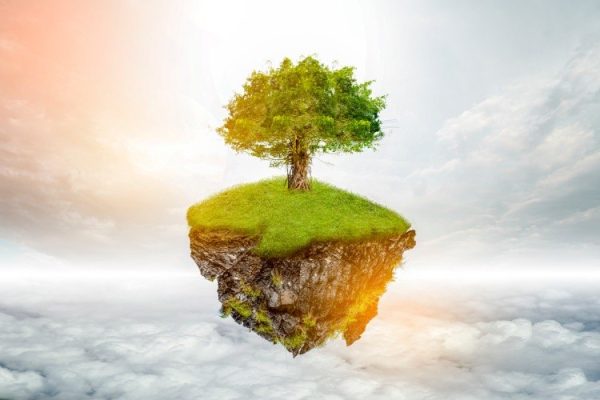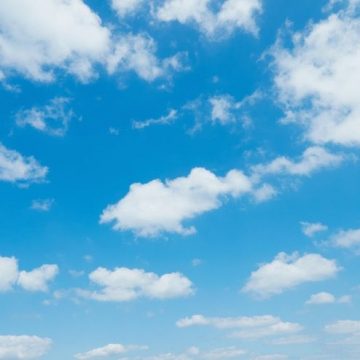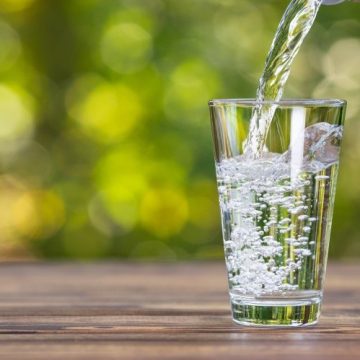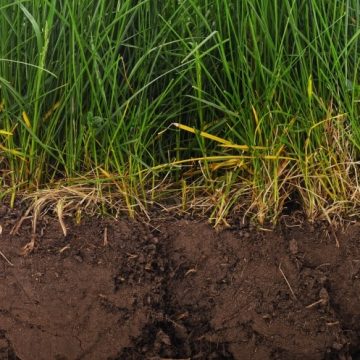Environment

What is known is that the world, as we have known it, is disintegrating before our eyes. I am not speaking about societies; they come and go. I am referring to the actual world, what we usually refer to as the environment – nature. When nature goes it doesn’t come back. Damage can sometimes be reversed but the extinction of a plant, an insect, a fish, a mammal or a bird is a final act. It is gone forever. With it goes the function that it served, a thread in the vast tapestry of life. Who would do such a monstrously stupid thing? Who indeed? Now some, but not all, realize that the existential threat of our actions is rebounding on us.
As ice melts, oceans rise, insects disappear, and climate driven fires burn down the forests we consider action. We need action. Sign a petition, march in the streets, force government to speak the truth and take action, force industry to clean up their act - all good things. Maybe we can elect green politicians that can sort it out, maybe we can force the oil and coal industries to “leave it in the ground”. Yes, those are all important things to do, but not if we think that the solution is getting other people to fix the problem. Personal commitment and action in our patterns of consumption is the crucial key. We cannot allow ourselves to become victims of a cruel world.
The Earth Is A Living Thing
The planet that we live within is just like each of us, an organism. It is not like an organism; it is an organism. We do not live on it—we live in it. We are a part of its structure, a group of its cells, and an organ in its body. It is important to know this and, even more important, to experience it. We are interacting with nature every moment. The flow of molecular energy in the water we drink, the food we eat, and the air we breathe are part of a flow of energy that is continuous. The planetary environment courses through us—we are not the beginning or the end of this process.
The ancient Greeks named our planet-organism Gaia. They knew that she gives life to all things. The rivers and oceans, the hills and forests are all part of her body. Out of her, all life springs. She is Spirit made solid; she is a miracle of connections and rhythms, amazing creations, and wild force. Pictures of Gaia from space show a beautiful blue-and-green sphere floating in blackness. Those pictures presented to us the reality of our place in the vastness of the solar environment. We saw the beauty of our home, the oceans, the forests, and the spirals of cloud.
When we look at nature as simply a resource to feed our own appetites and to fuel our economies with no other inherent value, we align ourselves with the destruction of the planet. It is only when we see ourselves as totally dependent on nature as the source of our being that we can make the kind of personal and social actions that lead to a healthy outcome.
Food Is the Missing Link
The food industry does not want us thinking about the environmental impact of our diet any more than they want us knowing what’s in it. The Dietary Guidelines for America have always shown the power of the big business to dictate government policy on nutrition. From its inception the food industry has always called the shots.
There is concern that the advisory committee for the 2015 Dietary Guidelines for Americans was considering issues outside of the nutritional focus of the panel. The advisory committee was showing an interest in incorporating agriculture production practices and environmental factors into their criteria for establishing the next dietary recommendations. The food industry was adamant that the advisory committee focused on nutrient and dietary recommendations based upon sound nutritional science. Big food does not want people to consider food as nothing more than a chemical delivery system. They did not want the public distracted by “extraneous factors”.
The extraneous factors were, of course, environmental impact. In testimony before the advisory committee for the 2015 Dietary Guidelines, Miriam Nelson, a Tufts University professor, said, “In general, a dietary pattern that is higher in plant-based foods and lower in animal-based foods is more health-promoting and is associated with less environmental impact.” The industry wants us to think that environmental concerns are not nutritional. I disagree. Nutrition is the study of how we relate to our environment through our choices of food and how those choices affect both internal and external health.
Land and Sea
It has been said that the world is on fire. Who can argue with that? Who cannot be horrified by the destruction of both forest and animal life? The burning of our forest lands is a symptom of environmental collapse.
The threat to our existence is so massive that it can be seen from space. California, Australia, Russia, Africa, the Amazon Basin all on fire in the past year. The dramatic images of these fires horrify us but there are other areas of intense destruction that are not so visible.
If we think of the forests of the world as the lungs of the planet then the oceans of the world are the planets blood. The toxic gases that have created the steady rise in temperature and the shifts in rainfall have created a tinderbox of both forest and grassland. The same factors have inflamed the oceans as well. It is a systemic illness that has only one cause - the actions of humankind.
The heating of the atmosphere, a result of greenhouse gases, affects the oceans as well as the land. In fact, the oceans absorb more than 90% of the heat produced by the greenhouse effect. This heating causes more powerful tropical storms, bigger waves and impacts most sea life, hurts coral habitats and accelerates ice melting. The combined abuse of the land and sea comes from the runoff from crop farming and animal agriculture.
The planet is mostly water, only 29% is land. Of that land 71% is habitable and the rest is taken up with barren spaces such as desserts and glaciers and expose rock. Over half of the habitable area is dedicated to agriculture, but only 20% of that agriculture is used to feed humans, the rest is fed to animals.
Crops such as soya and corn are farmed intensively to feed the animal population and use massive amounts of chemicals for fertilizer and pest control The fertilizers are nitrogen rich. This nitrogen is washed off with soil erosion and kills life in rivers and eventually makes its way to the ocean creating dead zones in the oceans. Vast areas that support no life.
There are now over 400 such dead zones where oxygen levels drop so low, they cannot support sea life, only algae blooms survive. The ocean becomes a stagnant pond. Most sea creatures cannot survive in these zones and current trends would lead to mass extinction of most life in the sea in the long run. In the past, mass marine extinctions have occurred under the conditions we are seeing now.
The warming waters, dead zones and the mass annihilation of trillions of sea creatures for human and pet food assure the death of the oceans. The animal life of our oceans is being exterminated at a rapid pace. When the oceans and forests die they take us with them. The number of fish and other aquatic creatures killed each year is over a trillion. Many are simply killed and thrown back all break the oceanic food chain. Even those raised in confinement in “fish farms” develop disease that spread to their wild swimming cousins.
The planet has supported us for centuries. It remains to be seen if we can find it in our hearts and minds to honor our relationship to nature or if we will simply become another fossilized remain in the history of planet earth.






